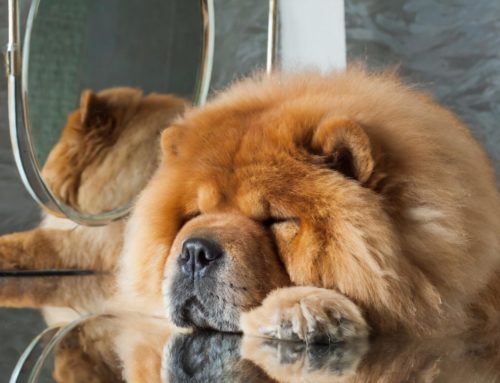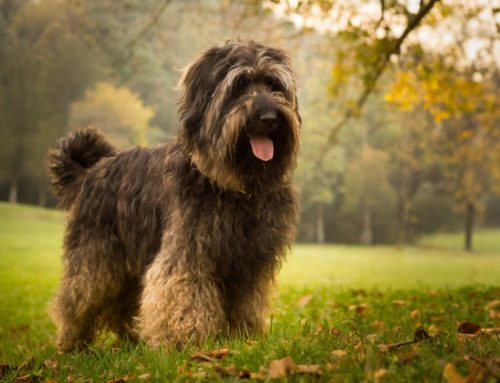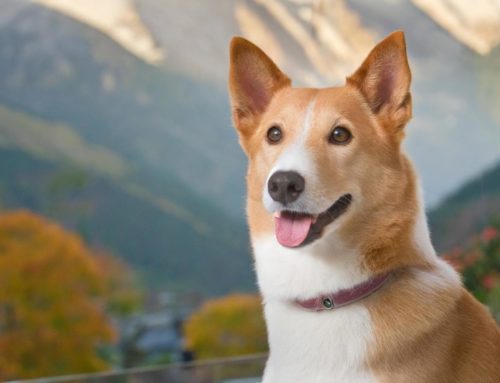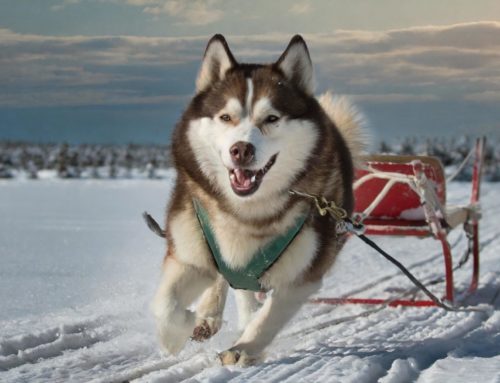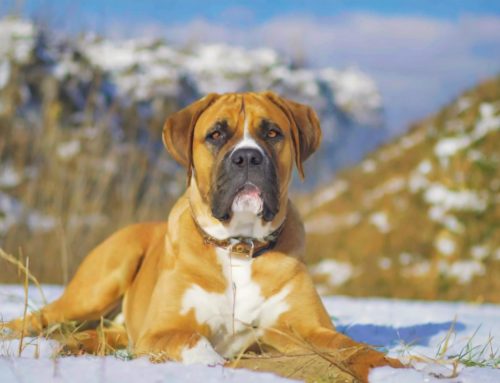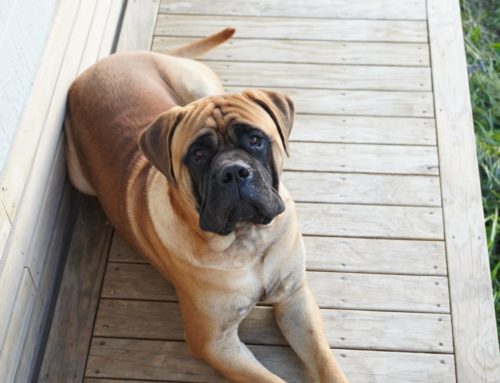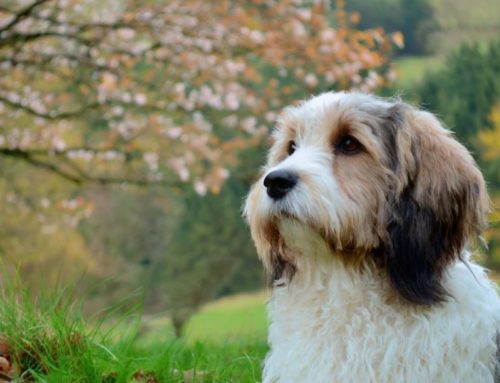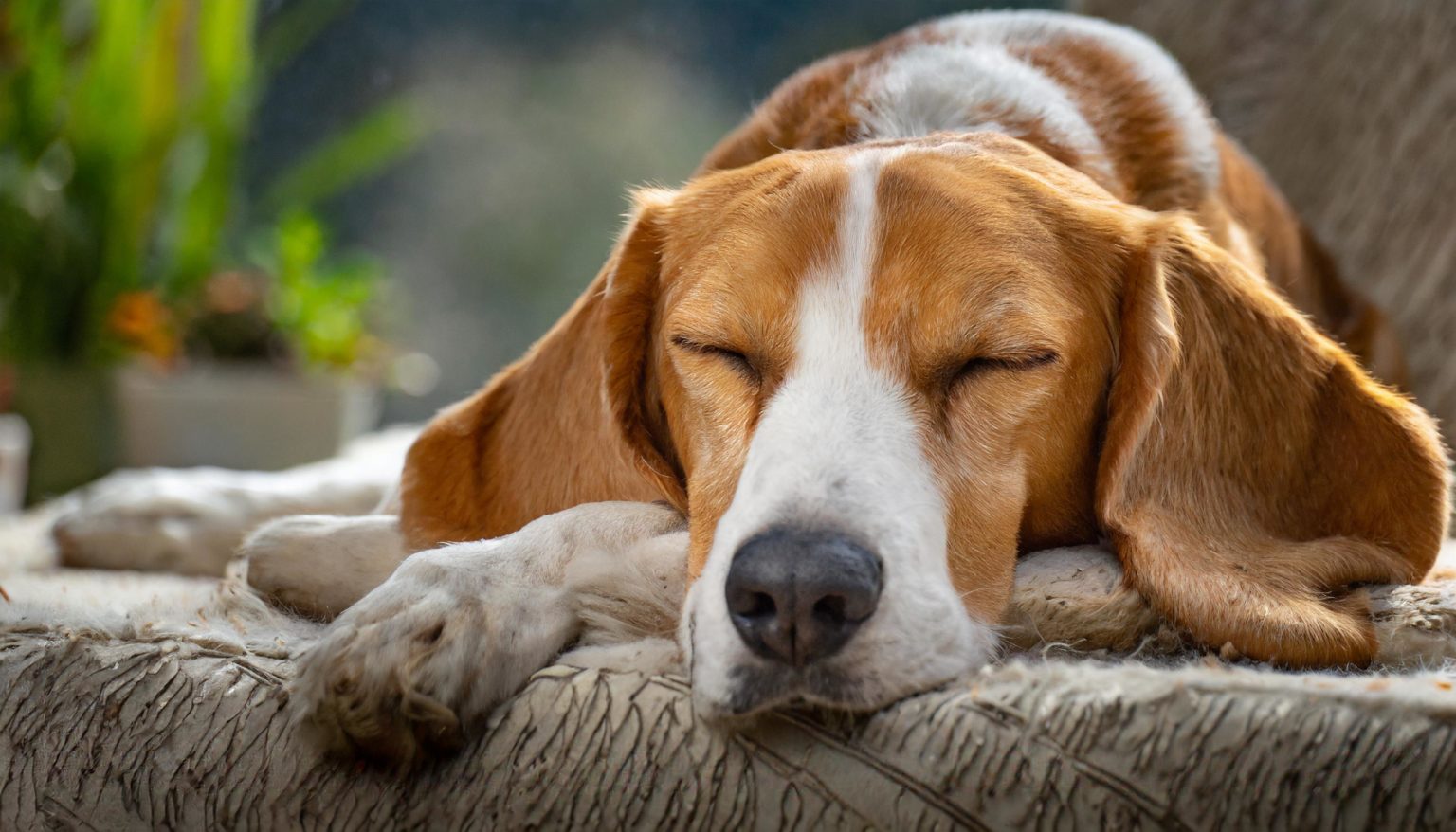
The Chien d’Artois, formerly known as the Picard, is an ancient French breed that was once on the verge of extinction.
This breed has been loved throughout the centuries, especially in the time of Henri IV and Louis XIII, for its excellent working qualities as a hunting dog. The Chien d’Artois was known for its robust and courageous character, a tricoloured coat, and was mainly used for hunting big game.
Thanks to efforts by fanciers and breeders, the breed has been saved from the brink of extinction. These efforts included crosses with other breeds, such as the Belgian-origin Bloodhound, to increase genetic diversity and preserve the breed’s remaining characteristics.
These crosses helped stabilise the population and contributed to the “comeback” of the Chien d’Artois. Despite its popularity in earlier centuries, the Chien d’Artois is less well known today and is rarely seen outside its native France.
Nevertheless, the breed remains an important part of the cultural heritage and is appreciated by hunters and fanciers for its excellent hunting qualities and its devoted nature.
FCI Group 6 Scent hounds and related breeds
The Chien d’Artois is a respected member of the FCI Group 6, which includes running dogs, sweat dogs and related dog breeds. This historic breed, known for its excellent hunting skills, specialises in tracking and following game, mainly hares and big game such as deer and wild boars, thanks to its robust build, stamina and exceptional nose.
The Chien d’Artois is a medium-sized dog with a distinctive tricolour coat that exudes both strength and agility, essential qualities for long hours of hunting under various conditions. This breed is highly valued for its balanced and calm temperament, making it not only an effective hunter but also a pleasant companion animal.
Within the FCI classification, the Chien d’Artois is known for its ability to work well in a pack and for its tireless commitment during hunting. Their aptitude for following scent trails makes them outstanding tracking dogs, and their history of working with humans underlines their trainability and loyalty.
Representing the French hunting dog tradition, the Chien d’Artois remains a proud and living monument of hunting heritage, cherished by hunters and dog lovers worldwide.
Physical characteristics of these dogs
This breed, often considered one of the best for hare hunting and beloved in the time of Henri IV and Louis XIII, has a distinctive tricolour coat based on dark fawn colour, underlining its excellent working qualities. The Chien d’Artois’ withers height is between medium-sized dogs, which contributes to its speed and perseverance when hunting.
With a weight that varies depending on the individual dog, the Chien d’Artois is both muscular and agile, characteristics that make it ideal for prolonged hunting expeditions. Its build and strength recall the robustness of the bloodhound, but with a unique agility that distinguishes it as an excellent pack dog.
His external features include a fairly broad head, a strong nose and a compact physique, making him capable of quick and efficient work. As a dog breed originating from the hunting tradition, the Chien d’Artois combines the physical capabilities of a hound with the versatility to function as a pet in a modern environment.
Its pedigree and rich history make it not only an outstanding hunting dog but also a loyal and courageous companion animal.
Hereditary diseases and disorders in the Chien d’Artois
The Chien d’Artois, like many dog breeds, can be prone to certain hereditary diseases and disorders.
- Hip dysplasia: A common condition in medium to large breeds, where the hip joint is not formed correctly, which can lead to arthritis and pain.
- Elbow dysplasia: Similar to hip dysplasia, but concerning the elbow joint, this can lead to lameness and discomfort.
- Eye disorders: Includes progressive retinal atrophy (PRA) and cataracts, which can affect vision.
- Epilepsy: A neurological disorder that can lead to seizures.
- Skin problems: Some Chien d’Artois can be prone to skin conditions, including allergies and dermatitis.
- Gastric Dilatation-Volvulus (Bloat): A life-threatening condition in which the stomach twists and swells, especially in larger breeds.
- Heart diseases: Includes conditions such as mitral valve disease, which can affect heart function.
The character of the ideal hunting dog
The Chien d’Artois, is known for its outstanding character and working qualities. Originally used to hunt hares and deer, this breed is praised for its excellent nose and great stamina. One of the best breeds for hare hunting, the Chien d’Artois shows unparalleled dedication and skill in the field.
Formerly referred to as a gonic or bracken, this dog has a strong will to train and work, making it an ideal hunting dog. His ability to transport and scout game, along with his speed and agility, makes him a valuable addition to any hunting expedition.
Known for its robust and courageous nature, the Chien d’Artois is not only an efficient hunter but also a loyal and affectionate companion animal. Despite its hunting instinct, the Chien d’Artois can live comfortably in a domestic environment, provided it receives adequate exercise and mental stimulation.
These dogs adapt well to life in a kennel, but prefer the warmth and companionship of their human family.

The Care of the Chien d’Artois
The care of the Chien d’Artois requires attention to both its physical and mental needs. As an active hunting dog breed, the Chien d’Artois needs sufficient daily exercise to expend its energy. Long walks, time to run freely in a safe area, and structured play sessions are essential to keep him fit and happy.
As for coat care, the Chien d’Artois has a relatively low-maintenance coat that requires regular brushing to remove dead hairs and keep the skin healthy. Its coat is not particularly long, but regular brushing helps prevent tangles and distributes natural oils throughout its coat, contributing to a shiny appearance.
Socialisation and upbringing of the Chien d’Artois
The socialisation and upbringing of the Chien d’Artois puppy are crucial for its development into a balanced and well-adjusted dog. From an early age, it is important to introduce the puppy to different situations, sounds, people and other animals. This helps to create a confident and social dog that responds well to various environments and situations.
Training should begin as soon as the Chien d’Artois puppy is in the house. Basic commands such as ‘sit’, ‘stay’, and ‘here’ are essential, as are potty training and getting used to the crate. A crate not only provides a safe place for the dog to rest, but also helps create a routine and offers a tool for toilet training.
Given the hunting instinct of the Chien d’Artois, it is important to work on obedience and controlling impulses, especially while hunting deer or fox. Training a recall (coming here on command) is crucial to ensure the dog’s safety while on the loose.
Raising a Chien d’Artois requires patience, consistency and positive reinforcement. Reward good behaviour with treats, praise or playtime. Avoid negative corrections that can damage the dog’s confidence.
How much experience does a Chien d’Artois require
Owning a Chien d’Artois requires a certain amount of experience with dogs, mainly because of its strong hunting instinct and independent nature. For experienced dog owners, familiar with the needs of working or hunting dog breeds, the Chien d’Artois can be an enriching addition to the family.
These owners often better understand how to approach training and socialisation to harness the dog’s natural abilities, while also building a strong, respectful bond.
However, inexperienced dog owners can also be successful with a Chien d’Artois, provided they are willing to invest time and effort in learning about the breed and the best methods for training and care.
Seeking help from experienced breeders, attending obedience courses and possibly even enlisting the help of a professional dog trainer can be essential to overcome the challenges associated with owning such a specialised breed.
Is training necessary?
Training is absolutely essential for the Chien d’Artois. This breed, requires structured training and socialisation from an early age. Training not only helps in forming an obedient and well-adjusted dog, but also strengthens the bond between the dog and its owner.
The Chien d’Artois is known for its intelligence and learning ability, which means it can quickly pick up new commands. However, its independent nature can be challenging at times, making consistency, patience and positive reinforcement techniques essential in the training process.
It is important to keep training interesting and varied to keep the dog’s attention.
Socialisation plays a crucial role in the development of the Chien d’Artois, as it helps him get along well with other dogs, animals and people. Vow exposure to different situations, sounds and experiences will help develop a balanced and confident dog.
How much exercise does a Chien d’Artois need
The Chien d’Artois, with its strong hunting instinct and energetic nature, needs significant daily exercise to stay healthy both physically and mentally.
This breed requires at least one to two hours of physical activity per day. These activities may include long walks, running, playing in a secure enclosed area, and specific training sessions designed to meet his hunting needs.
Because of his background as a hunting dog, the Chien d’Artois thrives on tasks that challenge both his body and mind. Activities such as tracking, fetch and agility training can be particularly helpful in utilizing his natural abilities and preventing boredom.
It is also important to provide mental stimulation through interactive games and puzzle toys, which help keep his sharp mind engaged. Without adequate exercise, the Chien d’Artois can become restless or destructive, resulting in undesirable behaviors such as excessive barking, digging, or chewing.
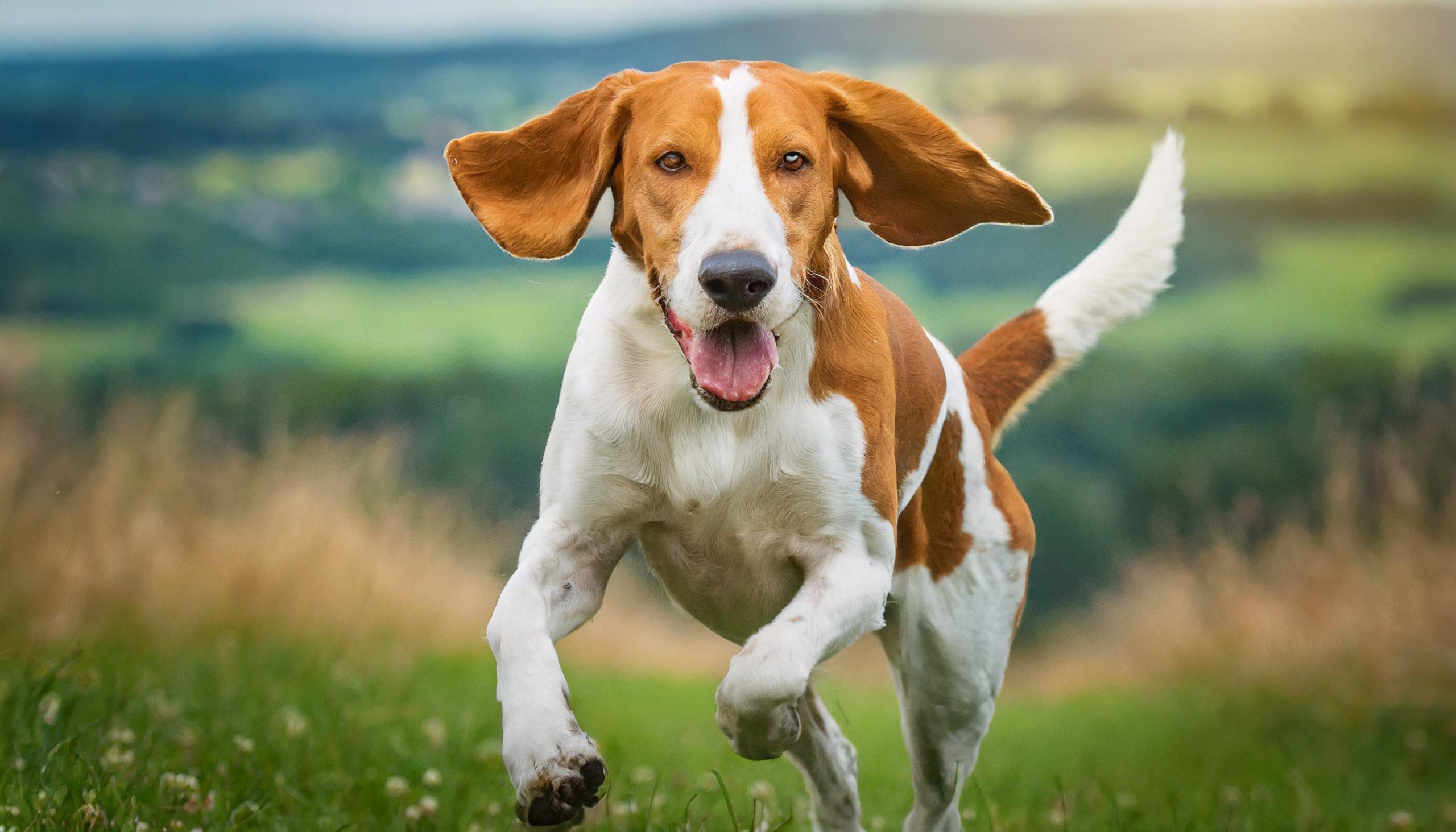
How is it getting along with children?
The Chien d’Artois is known for its friendly and patient nature, which generally makes it a good companion for families with children. This breed has a gentle nature and can be a loyal friend to children, provided good socialisation takes place from an early age.
It is important that both dog and children learn how to treat each other respectfully. Children should be taught not to tease the dog, to respect its space and not to disturb it while eating or sleeping. The Chien d’Artois enjoys the company of its family and can actively participate in outdoor activities with children.
His robust nature and love of the outdoors make him an excellent playmate for adventurous children. However, as with any interaction between dogs and young children, adult supervision is necessary to ensure the safety of both the children and the dog.
Benefits of a Chien d’Artois
- Loyal and Affectionate: The Chien d’Artois is known for its deep loyalty to its family, making it an excellent companion.
- Good Hunting Ability: With a strong nose and excellent stamina, this breed is ideally suited to hunting and other outdoor activities.
- Friendly towards Children: The Chien d’Artois gets along very well with children, provided it is well socialised.
- Robust Health: This breed is known for its robust health and stamina.
Disadvantages of a Chien d’Artois
- High Exercise Requirement: The Chien d’Artois needs a lot of exercise, which can be a challenge for less active owners.
- Strong Hunting instinct: Its hunting instinct can lead it to chase game or other animals, which requires training and management.
- Independence: Its independent nature can sometimes make training and obedience challenging.
- Coat Care: Although not overly demanding, the coat of the Chien d’Artois requires regular maintenance to remain in optimal condition.
How old will a Chien d’Artois get?
A robust and resilient hunting dog breed, the Chien d’Artois has an average life expectancy that typically ranges between 10 to 12 years.
As with other breeds, the lifespan of individual Chien d’Artois dogs can be affected by several factors, including genetics, living conditions, nutrition and the quality of veterinary care.
Price of a Chien d’Artois
The Chien d’Artois is exceptionally rare, even within its native France, making it a breed that’s likely very hard to come by in the United States. This rarity means there’s limited information available on what one might expect to pay for this breed in the US.
Given its scarcity:
Price Range: Without a significant number of breeders in the US, establishing a price range is difficult. However, due to its rarity, especially in Europe, anticipate a high cost, possibly surpassing $5,000.
Locating a Chien d’Artois:
- Breeders: Finding breeders in the US specializing in this breed may be improbable.
- Rescue: The chance of discovering a Chien d’Artois through a rescue organization in the US is exceedingly slim.
Other Breeds to Consider:
If the medium-sized hound traits of the Chien d’Artois appeal to you, consider looking into similar breeds available in the US, such as:
- Beagle
- Harrier Hound
- Bluetick Coonhound
- Treeing Walker Coonhound
Additional Guidance:
- Contacting Breed Clubs: Although a Chien d’Artois club in the US might not exist, reaching out to European clubs could provide leads on breeders willing to export to the US. Be prepared for the logistical and financial hurdles of importing.
Key Points to Remember:
- Importing a Dog: Bringing a dog into the US from abroad involves dealing with regulations, necessary vaccinations, and sometimes quarantine. This process can be complex and costly.
- Ensuring Responsible Breeding: Should you find a breeder in the US, it’s crucial to investigate their breeding ethics. Reputable breeders focus on the health and temperament of their puppies.
